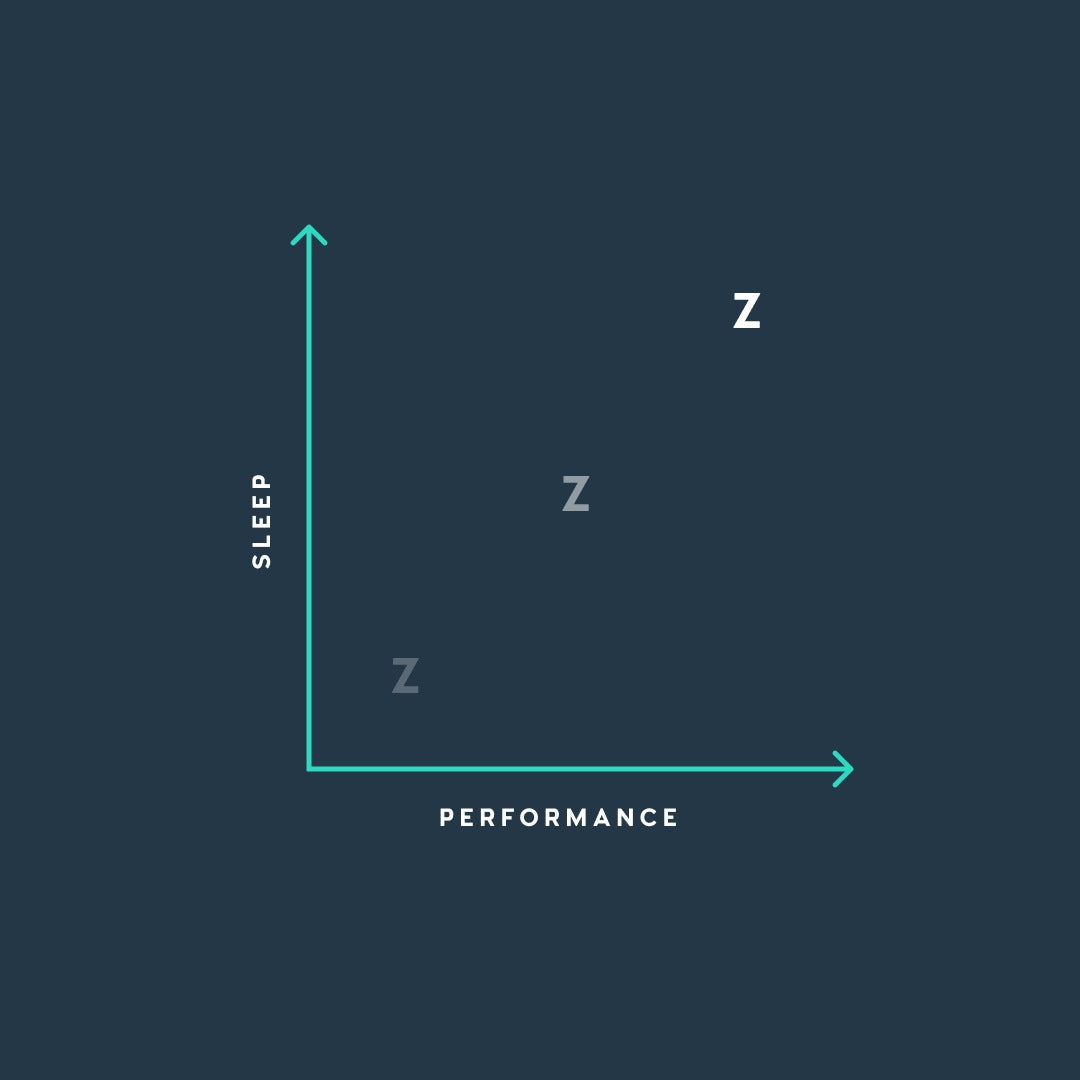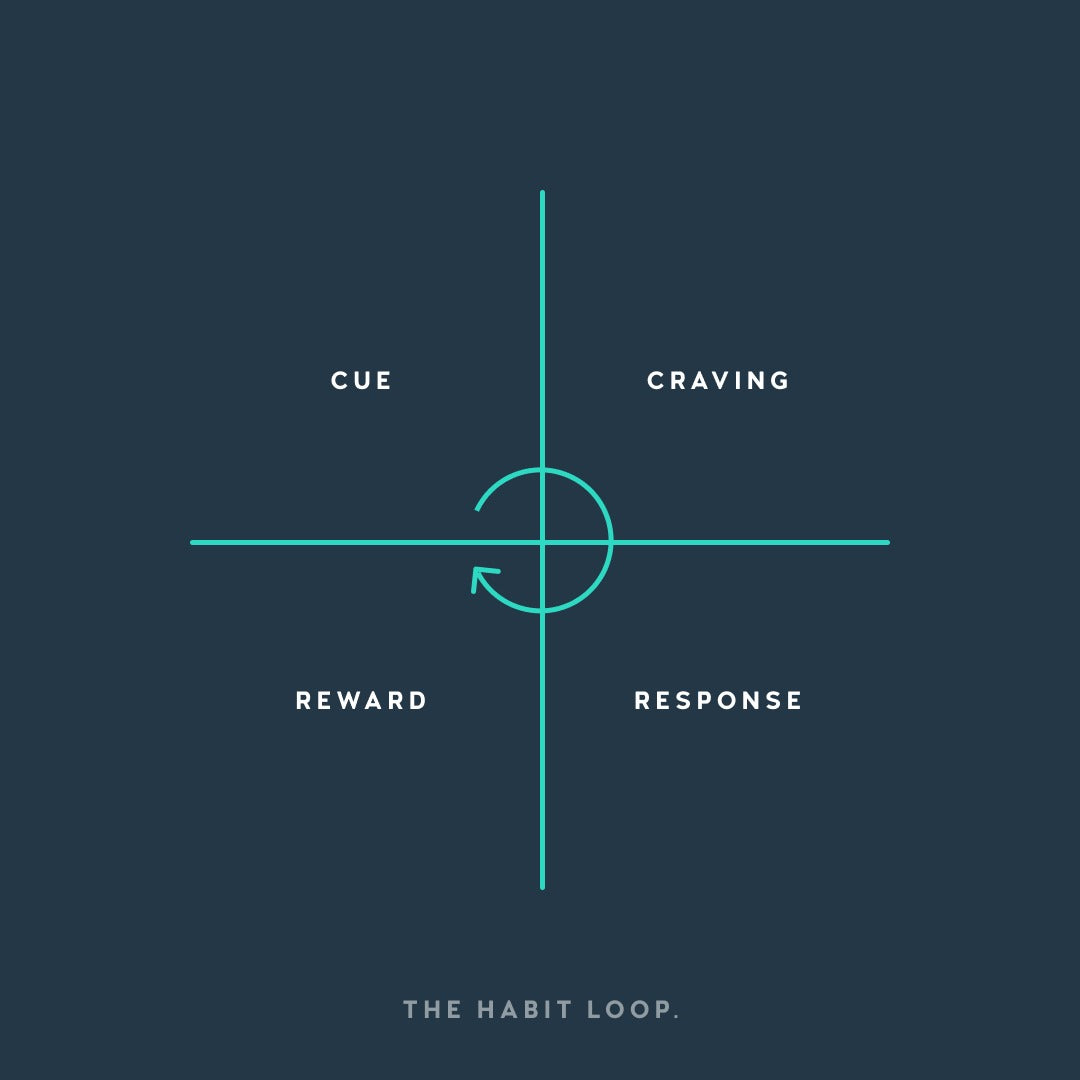
Creating Habits that Stick - Part 1
Habits. Everyone has them, and we all want to build new ones and get rid of some. But have you ever tried stacking them? Well, allow us to shed light on this question by introducing to you the concept of Habit Stacking. You might have heard of this approach, but if you haven’t, the idea was first developed by BJ Fogg and is the base for James Clear’s bestselling book – Atomic Habits.
Let’s start with some background information on the processes in our brain that help us build habits. A study from Oxford University found that the average adult has 41% less neurons than the average newborn, which, at first glance, seems illogical, how are adults smarter than babies with less neurons in their brain?
The way these controversial results can be explained is that with age the phenomenon of synaptic pruning occurs (synapses are the connections between neurons in the brain). In other words, the brain prunes away neuron connections that are not used and forms new ones that are used more often.
For example, a guitarist has very strong connections between their musical neurons. With practice these links become faster and more efficient, improving the skill development of the musician. On the contrary, when a person doesn’t use these connections between musical neurons, the brain allocates more energy towards other connections.
This explains the findings from the study with the newborns mentioned earlier. The baby’s mind is like a blank canvas, as they have not built any connections yet, while an adult has pruned away a lot of neurons that they don’t use and made strong network of neurons, responsible for the skills they have gained.
Now that we have established how synaptic pruning works, let's get back to building habits. This concept is part of every habit we build. As we have established, the more we do something, the stronger these neuron connections become. If you think about it, we use a number of these neuron links daily – we remember to brush our teeth in the morning, take a shower and make our bed, for example. Now, the question that James focuses on in his book, is how can we use those already established habits to build new ones?
This method of habit stacking is pretty simple – instead of linking your desired new habit to a particular time and location – pair it with an already existing practice of yours. The key here, similar to many other practices in life, is to start basic. Start with one habit at a time and make sure you do it right. Be specific. Don’t use vague concepts such as “will eat healthier” or “work more”, you need clear actions that you can easily do until they become a habit. Here are two simple examples you can use to start practicing the habit stacking:
After I pour my cup of coffee each morning, I will meditate for one minute.
After I take off my work shoes, I will immediately change into my workout
clothes.
By connecting your new habits to a set of repeated behaviours that are already established in your brain, you are more likely to stick to those. Once you master the basics you can move on with establishing bigger stacks of habits by using momentum, but we’ll talk more about that next week!



